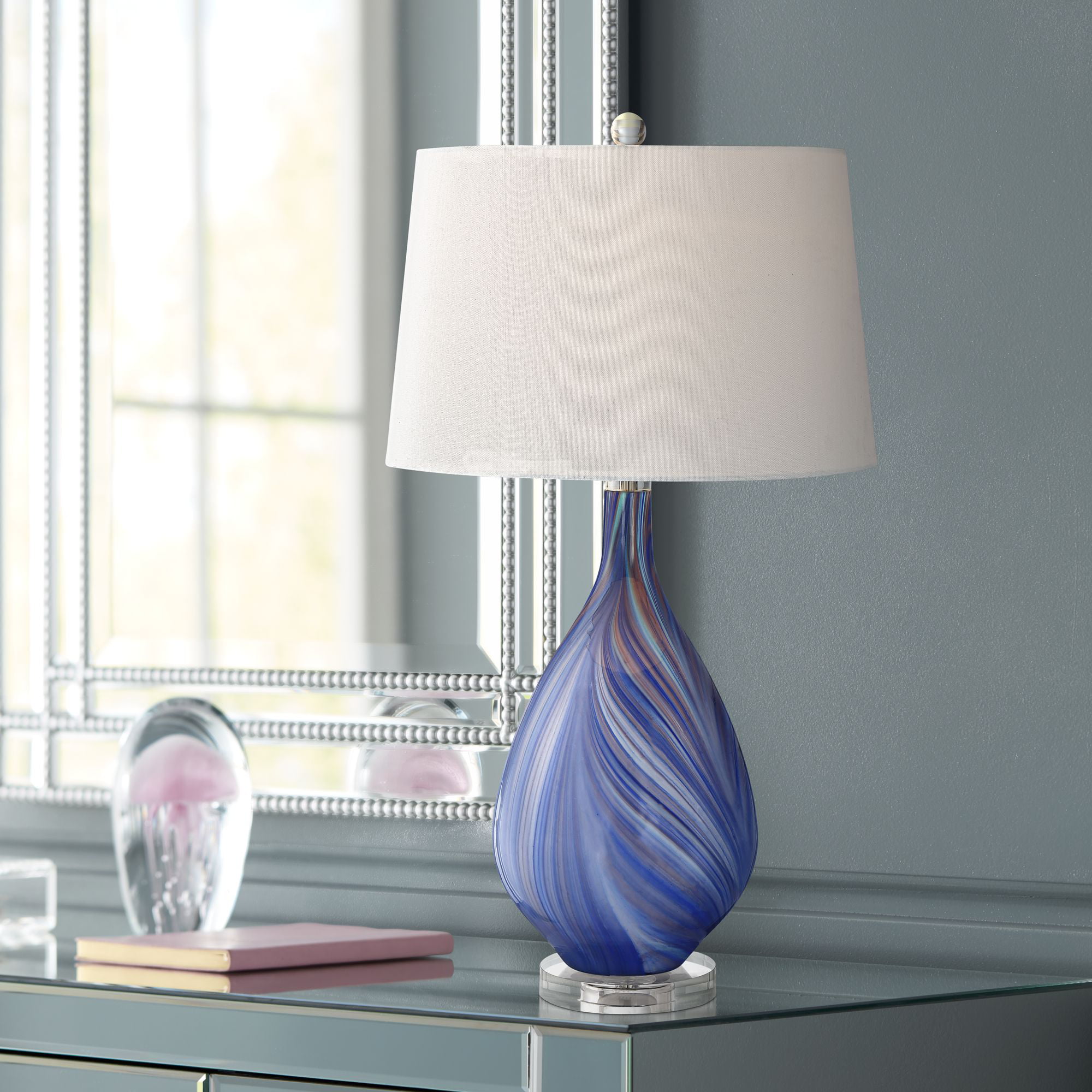Lighting Effect
작성자 정보
- Tristan 작성
- 작성일
본문
{Color has a significant {impact|influence|effect|role} on our {perception|view|understanding} of lighting, and it can greatly {affect|influence|impact|change} the ambiance and mood of any given space. When it comes to interior design, the choice of color can greatly {influence|affect|impact|alter} the way people view the lighting in a room. This is often {overlooked|underestimated|underrated|minimized}, but it {plays|exerts|asserts|has} a crucial {role|part|function|influence} in creating the desired atmosphere.
{The primary effect of color on lighting perception is a psychological phenomenon known as {contrast|illumination|brightness|glow}. When colors are {placed|positioned|situated|aligned} against a {darker|lighter} backdrop, the visual effect of the lighting is {noticeably|significantly|remarkably|markedly} altered. This is due to the way colors interact with light, creating an {optical|visual|perceptual|psychological} illusion that {affects|influences|impacts|alters} our perception of brightness and darkness.
{For instance, in a room painted a warm {red|orange|yellow|golden} hue, the lighting will seem more {intense|dramatic|vibrant|lively}. This is because {red|orange|yellow|golden} colors are {highly|very|extremely|considerably} {saturated|filled|loaded|full} with longer wavelengths of light. As a result, they react more {vigorously|energetically|enthusiastically|positively} with the light, making it appear {brighter|more intense|darker|more prominent}.
{Conversely, in a room painted a cool {blue|green|purple|turquoise} hue, the lighting will seem {softer|more subtle|less intense|more calming}. This is because {blue|green|purple|turquoise} colors are {lesser|less|lower|smaller} {saturated|filled|loaded|full} with longer wavelengths of light. They interact with the light in a more {muted|less vibrant|less intense|more subdued} way, making it appear {less intense|more subtle|brighter|more prominent}.
{Another aspect of color's {impact|influence|effect|role} on lighting perception is its ability to create the {illusion|deception|perception|impression} of depth and dimension. By using {contrasting|complementary|analogous|monochromatic} colors, interior designers can create a {sense|feeling} of space and volume, making a room appear {larger|more dynamic|smaller|more intimate}. For example, painting the walls a {darker|lighter} color and using {lighter|darker} {colored|shaded|tinted|hued} furniture and accents {can|may|will|might} create the {illusion|deception|perception|impression} of a {larger|more spacious|smaller|more intimate} space.
{Temperature also {plays|exerts|asserts|has} a significant {role|part|function|influence} in how we {perceive|view|understand} lighting. Warm {colors|tones|hues|shades} such as {orange|red|yellow|golden} tend to {evoke|elicit|invoke|prompt} feelings of {comfort|coziness|warmth|closeness}, while cool {colors|tones|hues|shades} such as {blue|green|purple|turquoise} are generally {associated|linked|related|connected} with feelings of {calmness|serenity|peacefulness|tranquility}. By {choosing|selecting|picking|opting} the right {color|palette|scheme|range}, interior designers can create a {space|area|area|zone} that {fosters|encourages|nurtures|supports} a specific {mood|atmosphere|ambiance|climate}.
{The final effect of color on lighting perception is the way it {interacts|interrelates|interplays|interconnects} with {shadows|silhouettes|profiles|silhouettes}. When {colors|hues|tones|shades} are used in a {composition|arrangement|layout|setting} to create {contrast|dramatic effect|visual impact|emphasis}, retro table lamps they can {highlight|emphasize|accentuate|foreground} or {hide|conceal|obscure|camouflage} {certain|specific|particular|define} areas of a room, creating an {optical|visual|perceptual|psychological} {illusion|deception|perception|impression} that {affects|influences|impacts|alters} our perception of the lighting. For example, using a {darker|lighter} color on one wall can create a {defined|distinct|clear|precise} {shadow|silhouette|profile|silhouette} that {draws|attracts|pulls|coaxes} the eye towards a specific {area|zone|section|spot} of the room, while using a {lighter|darker} color on another wall can create a {subtle|less obvious|muted|faint} {highlight|emphasis|unique} that {creates|forms|produces|develops} depth and {texture|pattern|design|surface}.
{In conclusion, the {impact|influence|effect|role} of color on lighting perception is a {complex|complicated|involved| multifaceted} phenomenon that {involves|includes|consists of|comprises} psychological, {optical|visual|perceptual|psychological} and sensory {factors|elements|aspects.|considerations}. By {understanding|recognizing|realizing|appreciating} how {colors|hues|tones|shades} {interact|interrelate|interplay|interconnect} with light, interior designers can create {spaces|areas|zones} that are not only {visually|aesthetically|sensually|artistically} {appealing|attractive|attractive|appealing} but also {emotionally|psychologically|spiritually|mentally} {engaging|appealing|appealing|engaging}. By {carefully|thoughtfully|thoroughly|meticulously} {choosing|selecting|picking|opting} the right {color|palette|scheme|range} and using {contrasting|complementary|analogous|monochromatic} {colors|hues|tones|shades}, designers can create a {sense|feeling} of depth, dimension and {atmosphere|climate|mood|ambiance} that {affects|influences|impacts|alters} how people {perceive|view|understand} the lighting in a room.
{The primary effect of color on lighting perception is a psychological phenomenon known as {contrast|illumination|brightness|glow}. When colors are {placed|positioned|situated|aligned} against a {darker|lighter} backdrop, the visual effect of the lighting is {noticeably|significantly|remarkably|markedly} altered. This is due to the way colors interact with light, creating an {optical|visual|perceptual|psychological} illusion that {affects|influences|impacts|alters} our perception of brightness and darkness.
{For instance, in a room painted a warm {red|orange|yellow|golden} hue, the lighting will seem more {intense|dramatic|vibrant|lively}. This is because {red|orange|yellow|golden} colors are {highly|very|extremely|considerably} {saturated|filled|loaded|full} with longer wavelengths of light. As a result, they react more {vigorously|energetically|enthusiastically|positively} with the light, making it appear {brighter|more intense|darker|more prominent}.
{Conversely, in a room painted a cool {blue|green|purple|turquoise} hue, the lighting will seem {softer|more subtle|less intense|more calming}. This is because {blue|green|purple|turquoise} colors are {lesser|less|lower|smaller} {saturated|filled|loaded|full} with longer wavelengths of light. They interact with the light in a more {muted|less vibrant|less intense|more subdued} way, making it appear {less intense|more subtle|brighter|more prominent}.
{Another aspect of color's {impact|influence|effect|role} on lighting perception is its ability to create the {illusion|deception|perception|impression} of depth and dimension. By using {contrasting|complementary|analogous|monochromatic} colors, interior designers can create a {sense|feeling} of space and volume, making a room appear {larger|more dynamic|smaller|more intimate}. For example, painting the walls a {darker|lighter} color and using {lighter|darker} {colored|shaded|tinted|hued} furniture and accents {can|may|will|might} create the {illusion|deception|perception|impression} of a {larger|more spacious|smaller|more intimate} space.
{Temperature also {plays|exerts|asserts|has} a significant {role|part|function|influence} in how we {perceive|view|understand} lighting. Warm {colors|tones|hues|shades} such as {orange|red|yellow|golden} tend to {evoke|elicit|invoke|prompt} feelings of {comfort|coziness|warmth|closeness}, while cool {colors|tones|hues|shades} such as {blue|green|purple|turquoise} are generally {associated|linked|related|connected} with feelings of {calmness|serenity|peacefulness|tranquility}. By {choosing|selecting|picking|opting} the right {color|palette|scheme|range}, interior designers can create a {space|area|area|zone} that {fosters|encourages|nurtures|supports} a specific {mood|atmosphere|ambiance|climate}.
{The final effect of color on lighting perception is the way it {interacts|interrelates|interplays|interconnects} with {shadows|silhouettes|profiles|silhouettes}. When {colors|hues|tones|shades} are used in a {composition|arrangement|layout|setting} to create {contrast|dramatic effect|visual impact|emphasis}, retro table lamps they can {highlight|emphasize|accentuate|foreground} or {hide|conceal|obscure|camouflage} {certain|specific|particular|define} areas of a room, creating an {optical|visual|perceptual|psychological} {illusion|deception|perception|impression} that {affects|influences|impacts|alters} our perception of the lighting. For example, using a {darker|lighter} color on one wall can create a {defined|distinct|clear|precise} {shadow|silhouette|profile|silhouette} that {draws|attracts|pulls|coaxes} the eye towards a specific {area|zone|section|spot} of the room, while using a {lighter|darker} color on another wall can create a {subtle|less obvious|muted|faint} {highlight|emphasis|unique} that {creates|forms|produces|develops} depth and {texture|pattern|design|surface}.
{In conclusion, the {impact|influence|effect|role} of color on lighting perception is a {complex|complicated|involved| multifaceted} phenomenon that {involves|includes|consists of|comprises} psychological, {optical|visual|perceptual|psychological} and sensory {factors|elements|aspects.|considerations}. By {understanding|recognizing|realizing|appreciating} how {colors|hues|tones|shades} {interact|interrelate|interplay|interconnect} with light, interior designers can create {spaces|areas|zones} that are not only {visually|aesthetically|sensually|artistically} {appealing|attractive|attractive|appealing} but also {emotionally|psychologically|spiritually|mentally} {engaging|appealing|appealing|engaging}. By {carefully|thoughtfully|thoroughly|meticulously} {choosing|selecting|picking|opting} the right {color|palette|scheme|range} and using {contrasting|complementary|analogous|monochromatic} {colors|hues|tones|shades}, designers can create a {sense|feeling} of depth, dimension and {atmosphere|climate|mood|ambiance} that {affects|influences|impacts|alters} how people {perceive|view|understand} the lighting in a room.

관련자료
-
이전
-
다음
댓글 0
등록된 댓글이 없습니다.
